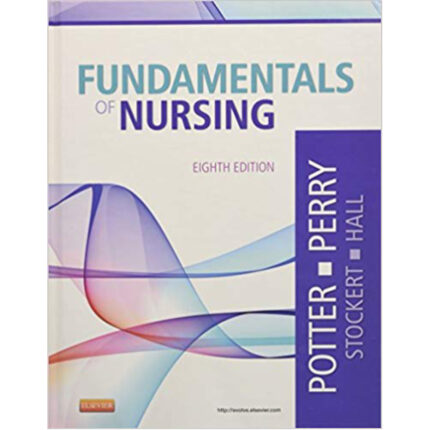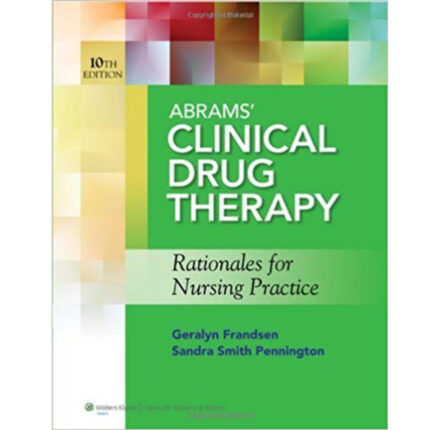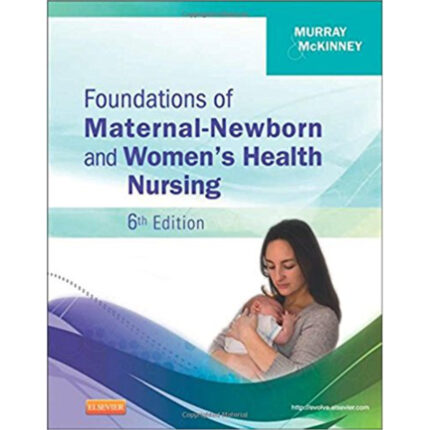Monahan Phipps Medical Surgical Nursing 8th Edition By Monahan -Test Bank
Chapter 11: Community-Based Care
MULTIPLE CHOICE
1. The major driving force behind growth in community-based care is:
1. Hospital-based costs
2. Quality of acute care
3. Increased rate of recovery
4. Rising incidence of in-hospital infection
ANS: 1 PTS: 1 DIF: Category: No applicable category
TOP: Nursing Process: Assessment MSC: Client Needs: Health Promotion and Maintenance
2. A client requires physical therapy and speech therapy following hospital discharge. An essential initial question for the health care team to ask is:
1. How close to the rehabilitation center does the client live?
2. Are family members willing to care for the client at home?
3. Where does the client transact financial business?
4. Who has power of attorney?
ANS: 2 PTS: 1
DIF: Category: Emotional needs related to health problems
TOP: Nursing Process: Assessment MSC: Client Needs: Health Promotion and Maintenance
3. Which activity is essential to preventing a gap in home care services following discharge from an acute care setting?
1. Purchase of supplemental insurance by the patient
2. Commencement of discharge planning upon admission of patient
3. Prediction of total days of home care services required
4. Integration of family into planning process once the patient is discharged
ANS: 2 PTS: 1 DIF: Category: No applicable category
TOP: Nursing Process: Planning MSC: Client Needs: Health Promotion and Maintenance
4. The wife of a homebound patient states how difficult it is to care for her husband. The most appropriate response by the nurse is to:
1. Schedule the home health aide to come more often
2. Further assess reactions of all family members
3. Arrange for food and cleaning services
4. Refer her to a caregiver support group
ANS: 2 PTS: 1
DIF: Category: Emotional needs related to health problems
TOP: Nursing Process: Implementation MSC: Client Needs: Psychosocial Integrity
5. During an initial phone contact with a patient, a home care nurse gives her name, a phone number, and the agency she represents, and negotiates an arrival time. An important question the nurse has omitted to ask in this initial interaction is:
1. How many family members will be there when she visits?
2. Does the home have a personal computer?
3. Which pharmacy does the family use?
4. How should she enter the home?
ANS: 4 PTS: 1
DIF: Category: Emotional needs related to health problems
TOP: Nursing Process: Implementation MSC: Client Needs: Psychosocial Integrity
6. Which is an example of a behaviorally oriented education program to enhance self-care in the home?
1. Providing the family with handouts on self care
2. Teaching whatever information the client wants to learn first
3. Reinforcing on each visit what was taught on each previous visit
4. Asking where to place the nightstand to facilitate personal hygiene
ANS: 4 PTS: 1
DIF: Category: Emotional needs related to health problems
TOP: Nursing Process: Implementation MSC: Client Needs: Health Promotion and Maintenance
7. A mother of three teenage children is caring for a child with a brain tumor. Which factor will most likely have a negative impact on the mother’s ability to cope?
1. Length of time home care is required
2. Ability of her child to participate in care
3. Amount of personal care her child requires
4. Demands placed on her by the other children
ANS: 1 PTS: 1
DIF: Category: Emotional needs related to health problems
TOP: Nursing Process: Assessment MSC: Client Needs: Psychosocial Integrity
8. The family caregiver of a woman in the advanced stages of COPD tells the home care nurse that he is depressed and very fatigued. The nurse should:
1. Assure the caregiver that he is doing a good job
2. Call the family pastor to arrange for care volunteers
3. Assess awareness of and openness to the possibility of external support
4. Make arrangements to transfer the client to a long-term care facility
ANS: 3 PTS: 1
DIF: Category: Emotional needs related to health problems
TOP: Nursing Process: Implementation MSC: Client Needs: Health Promotion and Maintenance
9. Which chart entry best reflects the essential elements for home care documentation?
1. “Provided emotional support to patient and family”
2. “Client ambulated to the kitchen with walker; gait steady”
3. “Increased dyspnea; unable to manage portable O2; arranged for O2 concentrator”
4. “Gained 3 pounds after 1 week on TPN therapy; swallowing continues to improve”
ANS: 3 PTS: 1 DIF: Category: No applicable category
TOP: Nursing Process: Implementation MSC: Client Needs: Health Promotion and Maintenance
10. The largest group of clients treated in the home environment are those who have:
1. Cancer
2. Diabetes
3. Peripheral vascular disease
4. Chronic obstructive pulmonary disorder
ANS: 1 PTS: 1 DIF: Category: No applicable category
TOP: Nursing Process: Assessment MSC: Client Needs: Health Promotion and Maintenance













Reviews
There are no reviews yet.